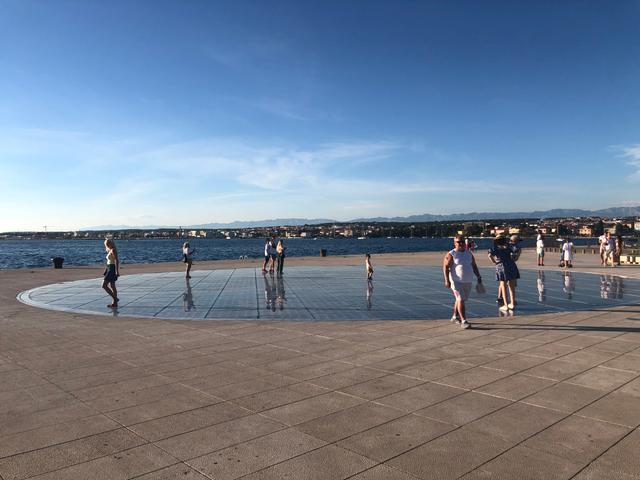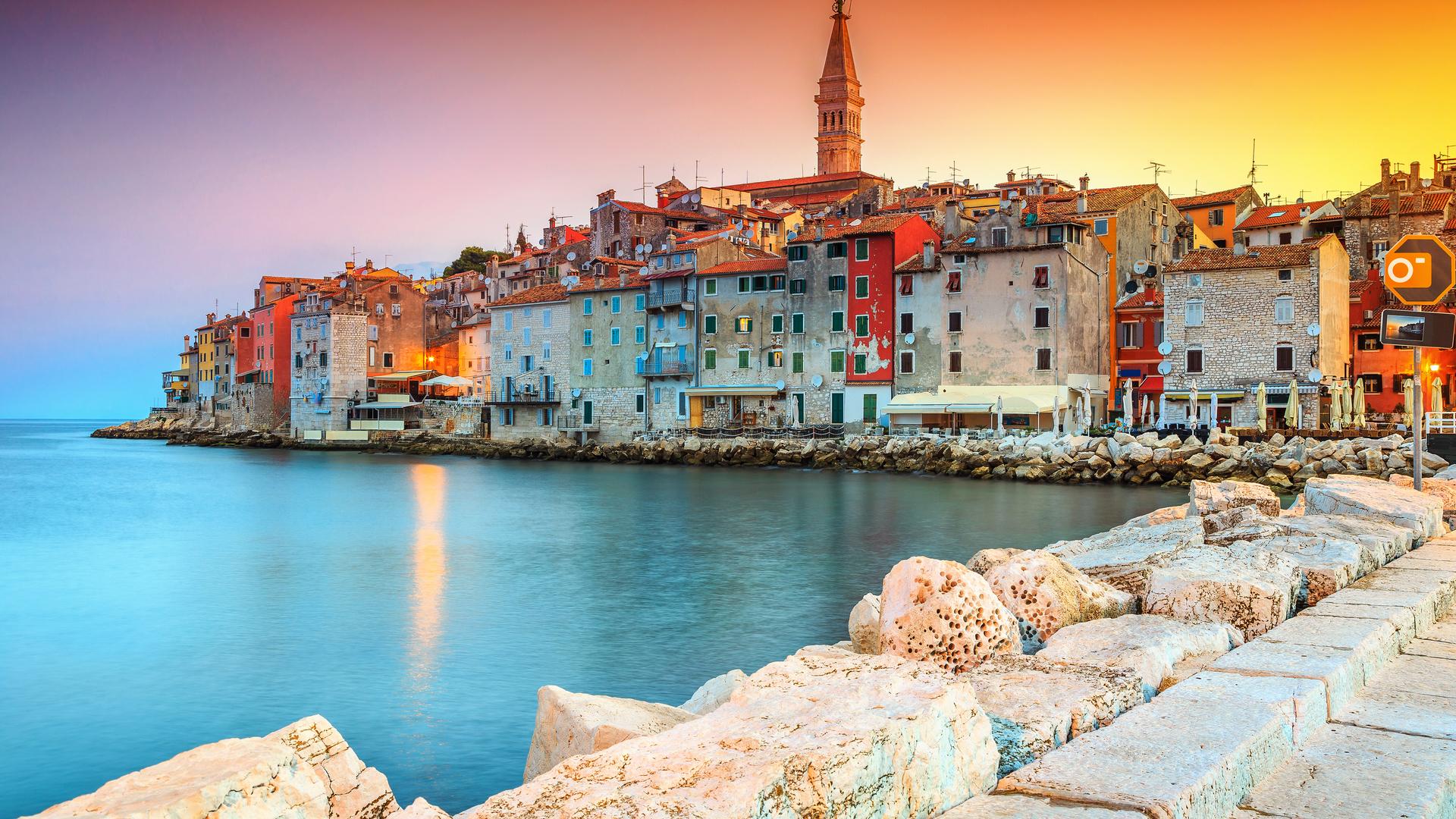Split - Rovinj
Similar popular transfers:
Private transfer from Split to Rovinj
The best way to go and visit Rovinj is to book a private transfer from Split to Rovinj.
MaciTours is a Croatian transfer service which offers the best prices for a private transfer. MaciTours has at its disposal a fleet of luxurious and premium vehicles that will make your transfer as comfortable as possible.
Rovinj is located some 500 km from Split and the duration of your transfer is around 5 h.
On your way to Rovinj you may want to visit the Krka National Park. If you want to explore this lovely National Park and its natural beauty, book a private transfer option for a Split to Rovinj via Krka National Park transfer with MaciTours.
The prices for a Split to Rovinj private transfer start at 400 euros (the price is per vehicle, not per person).
How to get from Split to Rovinj?
Every summer You get asked How to get from Split to Rovinj. You need to come fast and easily in Rovinj. Like we mentioned above, the fastest and easiest way to get from Split to Rovinj is to book a private transfer from Split to Rovinj with MaciTours, Croatian transfer service. Private transfer between Split and Rovinj You can book easily in less then one minute using our booking form. After You have made a successful booking You don't need to worry about anything.
That is not the only way How You can get from Split to Rovinj. You can also take a bus which operates daily, average price is between 40-50 euro per person and it drives about 06h00min. Another option is to take taxi in Split but that will be more expensive then private transfer and You don't know what You can except.
A few facts about Rovinj
Rovinj is a small town located on the western coast of the Istrian peninsula and is a popular tourist resort and a still active fishing port.
Rovinj was already a settlement of Venetian or Illyrian tribesbefore being captured by the Ancient Romans, who called it Arupinium or Mons Rubineus.
The town is built on an island close to the coast and later became connected to the mainland in 1763.
From 1283 to 1797 Rovinj was one of the most important towns in Istria governed by the Republic of Venice. During this period three town gates were constructed and Rovinj was fortified by two rows of defensive walls, remains of which can still be seen today.
It then belonged to Kingdom of Italyfrom 1918 to 1947, when it was ceded to socialist Yugoslavia.
The main economic activity in Rovinj is tourism and during peak season from May to September, its bars, restaurants and art galleries work long hours, while operating limited hours off-season.
Rovinj's main central thoroughfare is the fully pedestrian Carrera Street, with many independent shops and art galleries.
A farmer's market is located at the edge of the historic part of town, near Valdibora Square.
Rovinj is the second biggest tourist destination in the county, in terms of overnight stays. The two closest airports are Pula and Trieste in nearby Italy and during the summer season, low-cost airlines such as Ryanair operate direct flights from West Europe to both airports.
Also during the summer season, there is a direct high speed ferry link between Venice and Rovinj. High speed weekly lines to the Port of Ravennaand Cesenaticoare also available in the summer.
There are numerous hotels in Rovinj itself, and beds are abundant but usually overbooked in the summer months.
The city also has two luxury, 5-star boutique hotels, Hotel Monte Mulini and Hotel Lone, but there are also a handful of hotels on small islands surrounding Rovinj which are linked to the mainland by boats which go from the city centre to the hotel on the islands.
What to see while in Rovinj
Rovinj is known for its pristine beauty of the indented coastline and its forests, consisting of holm oak and Alpine pine trees.
The town has many old churches that you can visit, such as the famous St. Euphemia's Basilica, an iconic landmark of Rovinj, a Baroque church in the centre of the town where the relics of Saint Euphemia are preserved in a Roman sarcophagus dating to the sixth century.
Another site to visit is Monkodonj, a hill fort occupied about 1800--1200 BC during the Bronze Age.
Other places to visit are the beautiful Zlatni Rt Forest Park and the Limska Draga Fjord.
The Rovinj archipelago consists of 19 islands, which, along with the coastline, have been described as being "of outstanding natural beauty".

















